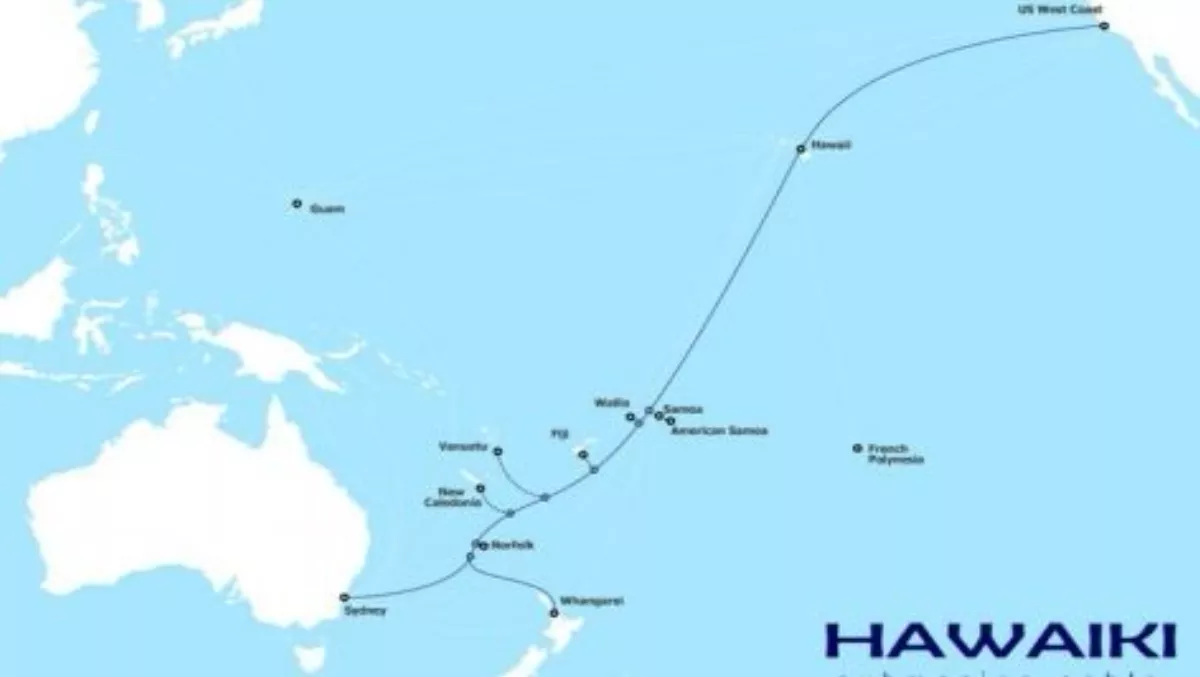
Redundancy - How will a new international cable benefit NZ?
DTS CEO Brendan Ritchie writes the third of his three part series of posts on the subject of the additional undersea cables planned for New Zealand in the coming years.
This is the last in a three posts series on the potential benefits to New Zealand consumers from the building of additional undersea cables.
The previous two posts related to pricing and capacity, and this post focuses on redundancy.
While the Southern Cross Cable (SCC) has a strong network design, namely a self-healing figure eight topology, and a long record of sustained up-time, it has not been without its issues over the years.
In 2001, a section of the cable was under scheduled maintenance when a storm hit in Sydney and ships dropped anchor to see it through.
One of those ships dragged it's anchor into the cable and took the second path down, leaving ISPs and their New Zealand clients without access to the world for a period of up to 20 hours.
In more recent times, we have seen smaller incidents such as the one that took down about 10% of SCC's clients in 2012 when unscheduled work did not go well and resulted in a seventy minute outage.
When trying to set expectations for clients around circuit uptime, I always state that it is not a matter of if, but rather when, an access circuit will go down.
It doesn't matter how much they pay for it or what type of connection it is, all circuits go down at some stage.
So if they have 24/7 business critical applications running in the cloud, they need to get an additional circuit with a diverse path and set up some form of failover. If we take that to the macro level, I would say that New Zealand has a "business critical" need to never be without international access, for any length of time whatsoever, and therefore the same concept applies.
New Zealand should also not be in the position where every connected device would experience high latency to Sydney (as a result of using a secondary roundabout path in the SCC figure eight) for a period in which that section of the cable was damaged.
Locally cached information would lesson impact on popular applications and content, but that would be a small comfort to most users.
While ISP's can take multiple 'logical' feeds from diverse transit carriers at present, the reality is that they are all limited to the same physical access in and out of the country, and so a physical single point of failure still exists.
In the event that Tasman Global Access (TGA) or Hawaiki cables should go ahead though, an ISP will be able to purchase two physically diverse paths to Sydney or America, and for the first time, will have genuinely diverse access to transit.
SCC does have two separate New Zealand landing points for its Sydney-Auckland and Auckland-USA legs, but they are still within 11km of each other, so a single natural event could easily take them both out of action.
One of Hawaiki's most appealing elements, is that it will land at Whangarei, about 150km north of Auckland, further cementing it's viability as a diverse option for international access.
Redundancy is the single key reason why New Zealand needs one or more new cables.
Not to reduce pricing, not because capacity is lacking, but because the idea that an entire country with an advanced, modern economy is reliant on a single entity for access to the world, and to grant the world access to its products and services, is just an untenable situation because it is not a matter of if, but rather when an event will again affect SCC.
Brendan Ritchie is the CEO of DTS, a business focused ISP that has been supplying clients across Australia and New Zealand with internet, voice and tailored WAN solutions since 2002.

